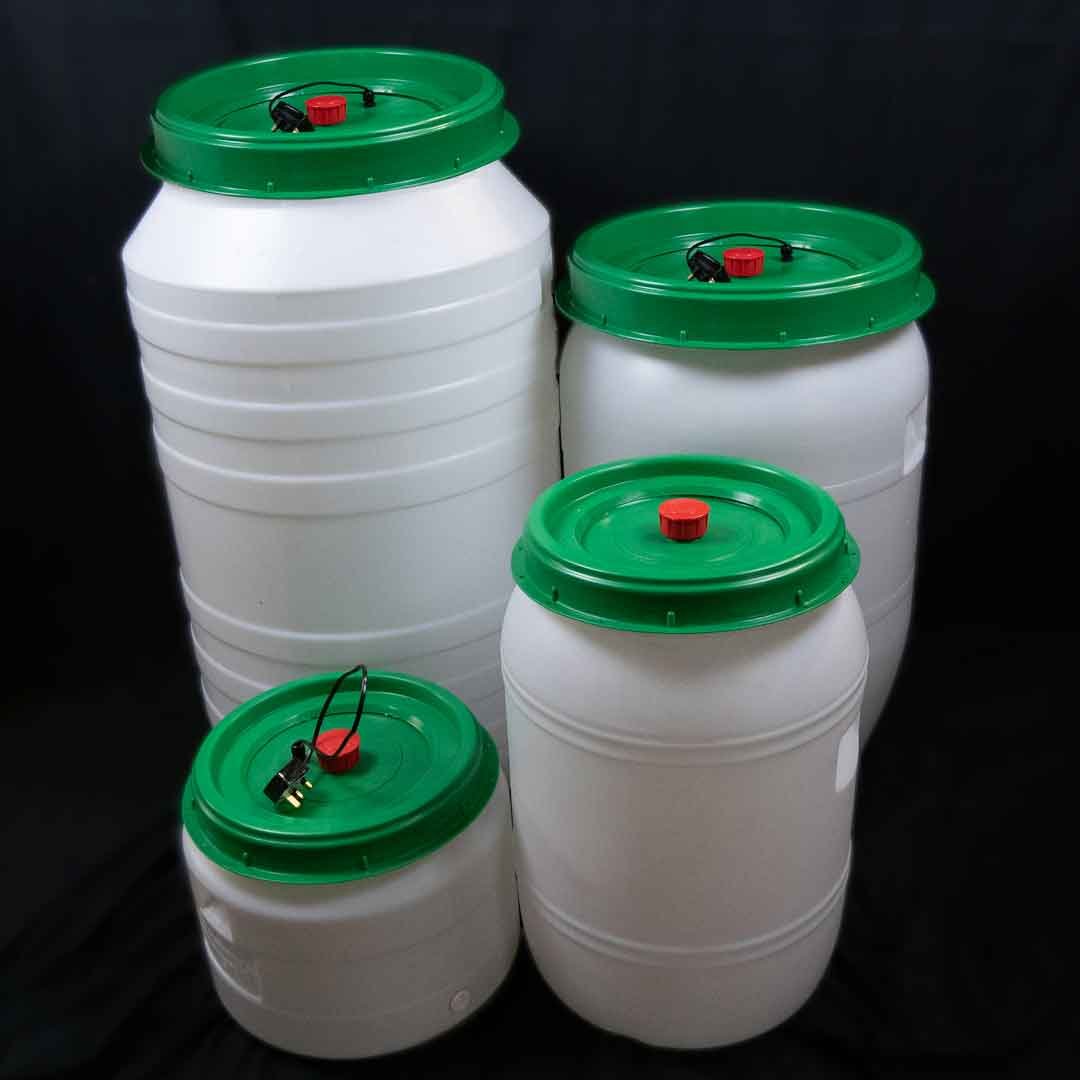Why Activate EM-1 Instead of Using It Neat? And Do You Need a Heater to Brew It in the UK?
When using EM-1 (Effective Microorganisms) for agriculture, composting, or animal care, there are strong reasons to activate it with molasses and water rather than applying it directly (or "neat"). Let’s break it down clearly and simply:
1. Why Activate EM-1?
Activation involves mixing EM-1 with unsulphured blackstrap molasses and non-chlorinated water, then fermenting it for about 7 days in an airtight container. This process creates Activated EM (or EM-A). Here’s why this is generally better than using the product straight from the bottle:
✔ It’s Far More Cost-Effective
EM-1 concentrate is relatively expensive, but you only need a small amount to make a much larger batch of activated EM. For example, 1 litre of EM-1 can produce 20+ litres of activated solution.
That makes it practical and affordable for spraying on large garden beds, compost heaps, or animal housing.
✔ It Wakes Up the Microbes
EM-1 in its original form is stable and acidic, but the microbes are largely dormant.
By activating it, you feed and multiply the beneficial microbes—like lactic acid bacteria and yeasts—so you're applying billions of live, active microbes rather than just dormant ones.
✔ You Get Extra Benefits from Fermentation
During activation, the microbes produce beneficial by-products like enzymes, vitamins, and organic acids. These help with:
Soil conditioning
Compost breakdown
Suppressing harmful bacteria
These substances aren’t present (or are only minimal) in the concentrate until you activate it.
✔ It’s Better for Large-Scale and Routine Use
Whether you’re spraying crops, inoculating compost, or managing animal bedding, activated EM allows liberal application without costing a fortune.
You’d only use the concentrate directly for small, specific jobs—or in a pinch.
✔ It’s What EMRO and Suppliers Recommend
EMRO and all reputable suppliers state that activation is the preferred method of use for regular applications. Using EM-1 neat gives less-than-optimal results unless it’s for very specific, small-scale purposes.
2. Why Use a Heater to Brew EM in the UK?
Activation is a fermentation process, and like any fermentation, temperature plays a big role. Here's what you need to know for the UK climate:
🔥 Ideal Brewing Temperature
The microbes multiply best at 25–37°C (ideally around 30–35°C).
At these temperatures, the brew is usually ready in 7 days.
❄️ Cool Temperatures Slow Everything Down
In the UK—especially in winter or in unheated sheds—ambient temperatures can be well below 20°C.
Below 20°C, fermentation slows dramatically. It might take 10–14 days, or not complete at all.
Below 15°C, the microbes become sluggish, and the activation might fail—or grow unwanted microbes.
⚡ Why a Heater Helps
A gentle heat source ensures fermentation happens properly and on time.
Options include:
A seedling heat mat
Fermentation belt
A warm airing cupboard
A DIY insulated box with hot water bottles or jars
A heater keeps the environment stable and within the optimal range for microbial growth.
3. Is a Heater Absolutely Necessary?
Not necessarily—but it’s highly recommended, especially from autumn to spring in the UK. If you don’t have a heater:
👍 You Can Still Brew Successfully, If:
You choose a warm indoor spot (like near a boiler, or in the airing cupboard).
You extend the fermentation time (up to 14 days or more).
You insulate the container (wrap it in towels, blankets, or put it in a cooler box).
You monitor the brew—look for:
A sweet-sour smell
A pH below 3.8 (if you have pH strips)
No signs of rotting or mould
4. Summary – Best Practice in the UK
Step Best Approach Activation Use EM-1 + molasses + non-chlorinated water
Brewing temp Aim for 25–35°C – use a heater or warm cupboard
Time 7 days (longer if below 20°C)
Check pH < 3.8, smell is sweet-sour
Storage Use activated EM within 30–45 days
Why do it? It’s cheaper, stronger, and more effective than using EM-1 neat.



